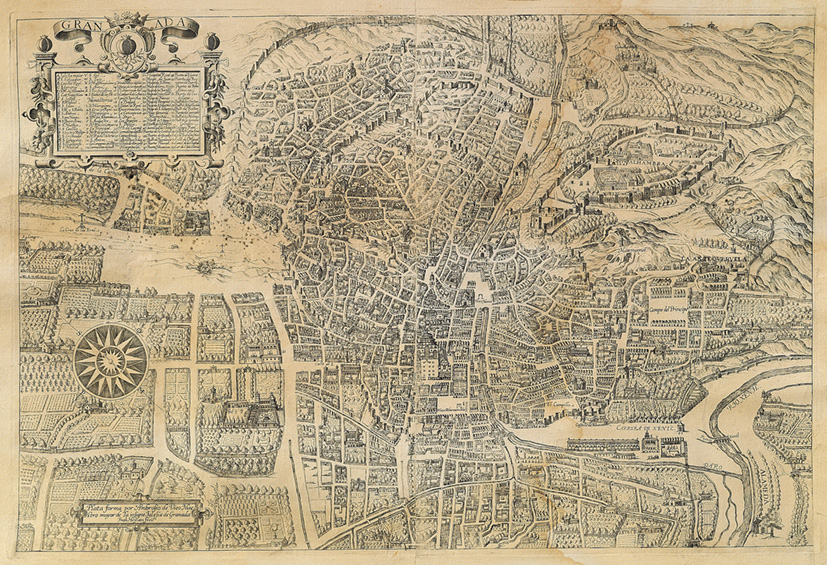
Re-foundational Syncretism between Christianity and Islam: the Cartographies of the Grenadian Sacromonte, XVI and XVII centuries
Abstract
The discovery of the renowned Lead Books and a series of supposed martyr's relics in a hill outside the walls of Granada in the last years of the XVII century was the last attempt of the morisco elite to ensure their permanence in the recently Christianized city. These findings, totally invented by this Islamic minority sector, did not give the expected result, but they served the Christian community to reformulate the image of their city, signifying it within the new counter-reformist context. From these facts, a series of cartographic etchings were made that tried to eloquently manifest the Christian excellence of the city. The aim of this paper is to articulate an original analytic description of five of these drawings. It will be possible to recognize that the composition and graphic coding strategies that were used in the making of the maps made them an optimal instrument for expressing the renewed sacred dimension of the city and its territory.
DOI: https://doi.org/10.20365/disegnarecon.25.2020.15
Keywords
Full Text:
PDFRefbacks
- There are currently no refbacks.
Copyright (c) 2020 Francisco Antonio García Pérez
DISEGNARECON
ISSN 1828 5961
Registration at L'Aquila Law Court no 3/15 on 29th June, 2015.
Indexed in SCOPUS. Diamond Open Access. All papers are subjected to double blind peer review system by qualified reviewers.
Journal founded by Roberto Mingucci
